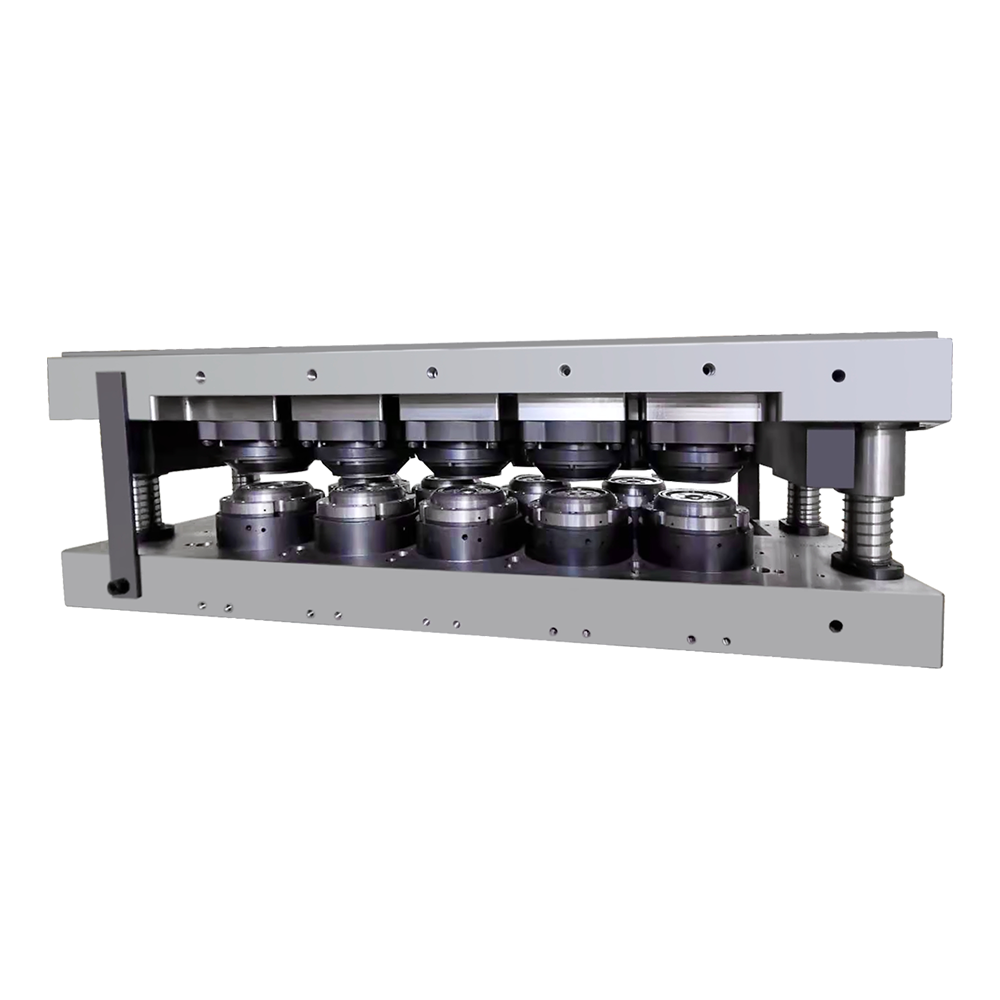In the metal packaging industry, tin can welding is an extremely critical process in the production process. Traditional manual welding relies on manual operation. Although the starting cost is low and the operation is flexible, under the current trend of increasing requirements for product quality, efficiency and standardization, automated welding equipment has gradually become the mainstream choice. The tin can automatic welding machine combines mechanization and control systems to bring significant improvements to enterprises in production efficiency, welding consistency, quality stability, etc.
Significant improvement in production efficiency
The tin can automatic welding machine has the ability to operate continuously and can realize assembly line processing, which is especially suitable for mass production scenarios. Traditional manual welding is limited by the operating speed of the operator, with low hourly output and high labor intensity, making it difficult to cope with order fluctuations and peak production needs.
Automatic welding equipment can usually achieve high-frequency continuous welding, with stable welding speed and beat, effectively reducing production cycle and waiting time, and improving output efficiency per unit time. In addition, the equipment does not need to stop and adjust frequently during the welding process, and can achieve uninterrupted operation for a long time, which is of practical value for companies pursuing output and delivery stability.
Welding quality is more stable
The manual welding process varies from person to person and is greatly affected by the operator's proficiency, mental state and degree of process mastery. It is difficult to standardize the uniformity of the weld, welding depth and heat input, which can easily lead to inconsistent quality, and problems such as false welding, leaking welding or weld offset.
The tin can automatic welding machine adopts programmed control, and parameters such as welding time, current, voltage, pressure, etc. can be accurately set and copied, so that each welded workpiece maintains a high degree of consistency. For industries such as food and chemical industry that have high requirements for sealing, this stability is particularly important, and can effectively reduce quality problems such as can leakage and corrosion.
Reduced labor intensity and human risks
Traditional manual welding requires operators to hold the welding gun for a long time, facing strong light, high temperature, smoke and splash, which can easily cause visual fatigue, skin burns and occupational disease risks. The high temperature environment at the welding site also poses great challenges to human resource allocation and work continuity.
The tin can automatic welding machine performs welding tasks through a robotic arm or a fixed welding head. Personnel only need to perform operations such as loading, monitoring and maintenance, which greatly reduces the dependence on manual physical strength and technical proficiency. At the same time, if an abnormality occurs during the welding process, the system can automatically alarm or shut down, effectively reducing the safety hazards caused by human operation errors.
Adapt to multi-specification products and flexible production
Some tin can automatic welding equipment has strong adjustment capabilities, which can adapt to cans of different sizes or structures by replacing fixtures, adjusting program parameters, etc., to meet the flexible production needs of multi-specification and multi-variety orders. In contrast, manual welding has a more complicated adjustment process and is difficult to guarantee stability when dealing with frequent changes in product specifications.
In the context of changing production plans and increasing small batch and diversified orders, the automatic welding machine can quickly switch process parameters through the control system, which can more efficiently complete the production conversion from one specification to another and save adjustment time.
Cost savings in the long run
Although the initial investment cost of the tin can automatic welding machine is higher than that of manual welding equipment, from the perspective of long-term use, it has obvious advantages in reducing labor costs, increasing production capacity, and reducing defective and rework rates. Especially in the context of continued rising labor costs, automated welding equipment can help alleviate the problem of tight human resources and bring a more controllable operating cost structure.
Automatic welding is more sophisticated in material control, which can reduce the waste of welding materials and auxiliary materials, reduce energy consumption, and improve the overall resource utilization efficiency.
The supporting system brings more value-added functions
Modern tin can automatic welding machines are often combined with intelligent control systems, with functions such as welding process data recording, real-time monitoring, fault diagnosis, and remote operation and maintenance, which facilitate enterprises to achieve digital management and quality traceability. These additional functions bring convenience to process optimization and equipment management, which is difficult to achieve with manual welding.
Some high-end equipment can also be linked with the feeding system, detection system, and packaging system to achieve automated closed-loop production from can body forming to welding and then to quality inspection, and improve the overall operation efficiency of the production line.











